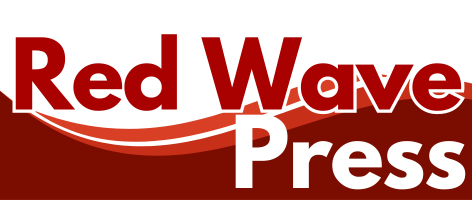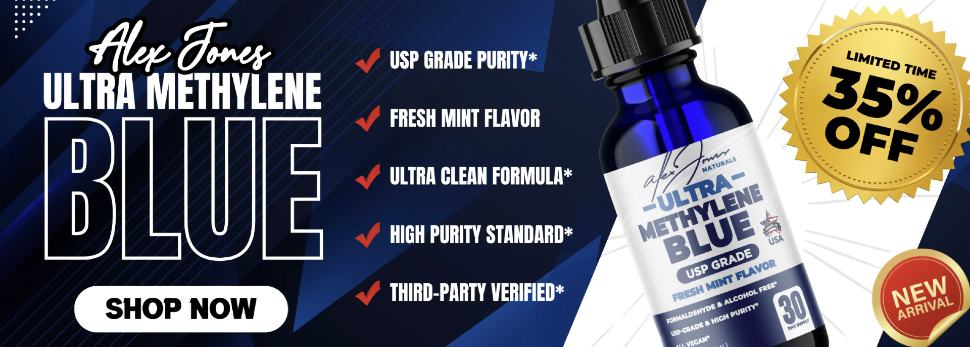From local elections to legislative debates to legal challenges, discussion of public education in New Hampshire has been dominated by two persistent myths. The first is that more spending is the primary means of producing better educational outcomes. The second is that our educational outcomes are stunted because funding for K-12 public schools has “been slashed,” as a common talking point asserts.
Because of these myths, instead of focusing on school leadership and proven, outcome-based measures of success, voters and policymakers have too often devoted their efforts toward improving fiscal inputs.
In a new policy brief, the Josiah Bartlett Center for Public Policy reviews the last few decades’ worth of public education spending in New Hampshire, along with student performance measures, to help Granite Staters understand that the relationship between spending and outcomes is not as simple as its proponents claim.
Spending doesn’t equal “investment”
When every dollar spent on K-12 district schools is treated as an “investment,” regardless of how it is spent, it should not be surprising that results do not meet expectations. The data show clearly that New Hampshire, along with the rest of the United States, has made the critical error of equating spending with investment. If the two terms were synonymous, our student performance would look very different. That New Hampshire has made this simple category error for so long is not merely unfortunate. It has had negative consequences for generations of students.
Between 2001-2019, public schools in New Hampshire increased their total expenditures per student on an inflation-adjusted basis by 66.8 percent, from $11,336 in 2001 to $18,905 in 2019. This means that New Hampshire public school students had 66.8 percent more in inflation-adjusted taxpayer funding devoted to their education in 2019 than in 2001. […]
— Read More: granitegrok.com
What Would You Do If Pharmacies Couldn’t Provide You With Crucial Medications or Antibiotics?
The medication supply chain from China and India is more fragile than ever since Covid. The US is not equipped to handle our pharmaceutical needs. We’ve already seen shortages with antibiotics and other medications in recent months and pharmaceutical challenges are becoming more frequent today.
Our partners at Jase Medical offer a simple solution for Americans to be prepared in case things go south. Their “Jase Case” gives Americans emergency antibiotics they can store away while their “Jase Daily” offers a wide array of prescription drugs to treat the ailments most common to Americans.
They do this through a process that embraces medical freedom. Their secure online form allows board-certified physicians to prescribe the needed drugs. They are then delivered directly to the customer from their pharmacy network. The physicians are available to answer treatment related questions.



